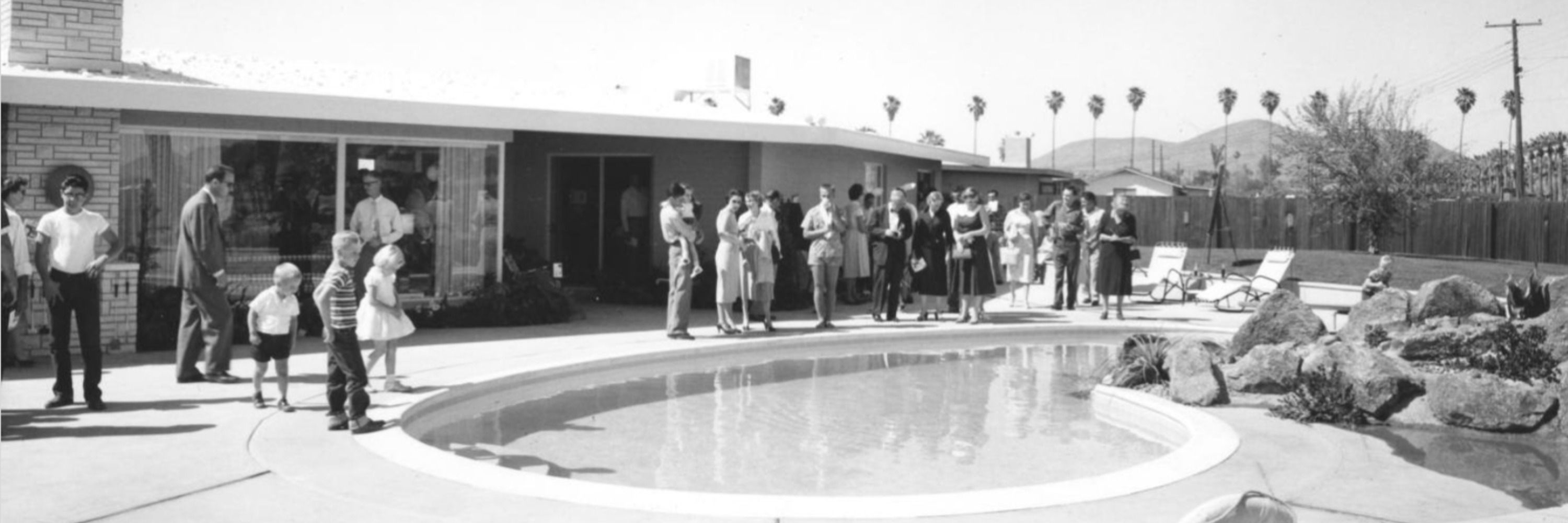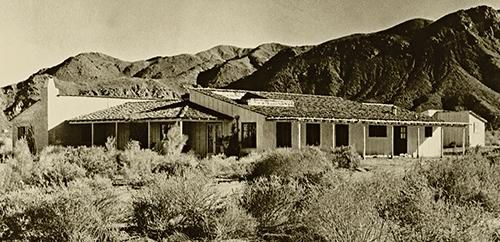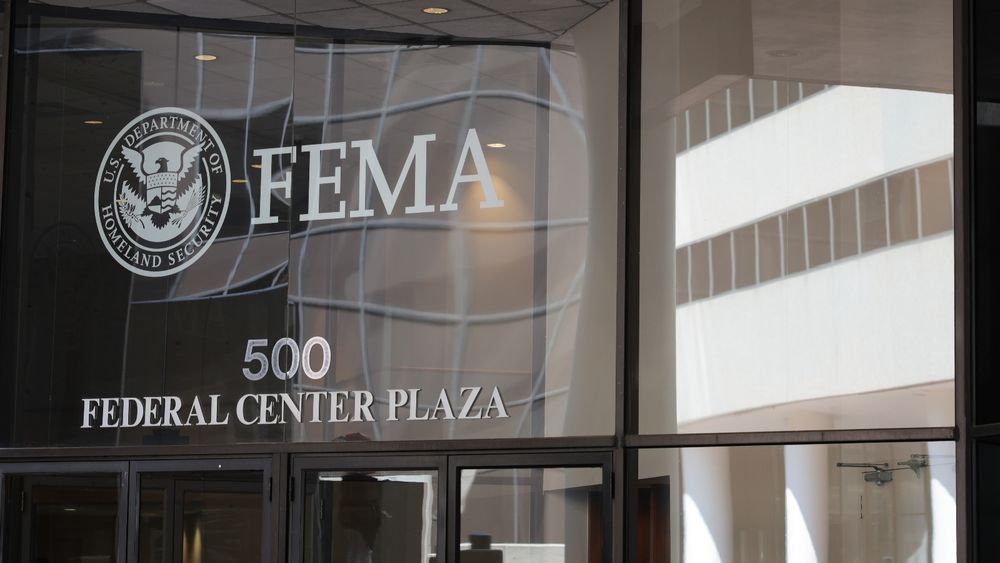
Walt Disney loved Palm Springs and the elite enclave Smoke Tree Ranch. He owned a home there he sold to help finance Disneyland. Close by was Thunderbird, one of the first US suburban golf course residential developments. It inspired many copies, as well as Ford’s iconic automobile.

Walt Disney loved Palm Springs and the elite enclave Smoke Tree Ranch. He owned a home there he sold to help finance Disneyland. Close by was Thunderbird, one of the first US suburban golf course residential developments. It inspired many copies, as well as Ford’s iconic automobile.


www.sltrib.com/news/environ...

www.sltrib.com/news/environ...
“This is the third acting FEMA administrator within a year.”

“This is the third acting FEMA administrator within a year.”
This is unthinkable today—which is why I wrote this series. Cuz the systems that save us from this kind of fate are in urgent need of care.

This is unthinkable today—which is why I wrote this series. Cuz the systems that save us from this kind of fate are in urgent need of care.
www.theguardian.com/environment/...

www.theguardian.com/environment/...
The US stopped moving through the Kubler Ross stages of climate grief with denial, and some of it will never budge.
Just keep following that plow until it rains, baby! Wow.
www.rainmaker.com

The US stopped moving through the Kubler Ross stages of climate grief with denial, and some of it will never budge.
Just keep following that plow until it rains, baby! Wow.
www.rainmaker.com
"I have lived through the massacre every day. Our country may forget this history, but I cannot," she told Congress in 2021.
Geoff Bennett has more.
They spent thousands of years being traded, poached, ignored and reinvented. But they’re nutritious and versatile and even went to the Moon on Apollo missions (yes, literally 🚀)
buff.ly/B0ANZuL
#Thanksgiving

Rising temperatures could push snowlines 1,300 to 1,600 feet higher in the Sierra Nevada by later this century.
www.latimes.com/california/s...

Rising temperatures could push snowlines 1,300 to 1,600 feet higher in the Sierra Nevada by later this century.
www.latimes.com/california/s...
Politicians talk about climate change and disasters in future tense, but the disasters are here, now, and they are terrifying.
As I wrote before, President Masoud Pezeshkian himself said that it might be necessary to relocate Tehranis in large number.” open.substack.com/pub/peterfra...

Politicians talk about climate change and disasters in future tense, but the disasters are here, now, and they are terrifying.
Except the LA Fire Department didn’t do any of that before the Palisades fire erupted.
www.latimes.com/california/s...

Except the LA Fire Department didn’t do any of that before the Palisades fire erupted.
www.latimes.com/california/s...
www.theguardian.com/commentisfre...

www.theguardian.com/commentisfre...
In the era of climate change, Joshua trees won’t survive in Joshua Tree National Park absent active management.”

In the era of climate change, Joshua trees won’t survive in Joshua Tree National Park absent active management.”
www.nytimes.com/interactive/...

www.nytimes.com/interactive/...
Heckuva job, Richie!
www.wonkette.com/p/acting-fem...
By Doktor Zoom @doktorzoom.bsky.social

Heckuva job, Richie!
Maybe next time they could appoint somebody who understands disasters, instead of somebody who is one.

Maybe next time they could appoint somebody who understands disasters, instead of somebody who is one.
“In our minds, the cabins were built on high ground”…”even after a 2011 FEMA map placed most of the cabins within a 100-year flood zone”—a map the camp’s owners successfully contested.
www.nytimes.com/interactive/...

“In our minds, the cabins were built on high ground”…”even after a 2011 FEMA map placed most of the cabins within a 100-year flood zone”—a map the camp’s owners successfully contested.
www.nytimes.com/interactive/...
“Even the idea of granting the Great Salt Lake the right not to be sucked dry by irrigators was so threatening to Utah legislators that they passed a law preventing personhood from being granted to any plant, animal or ecosystem.”

“Even the idea of granting the Great Salt Lake the right not to be sucked dry by irrigators was so threatening to Utah legislators that they passed a law preventing personhood from being granted to any plant, animal or ecosystem.”
www.theguardian.com/environment/...

www.theguardian.com/environment/...
A vast understatement after two catastrophic fires, both featuring failures of communication within & between agencies, lethal public warnings failures, and a disastrous choice to leave a fire site while it was still hot.
www.theguardian.com/us-news/2025...

A vast understatement after two catastrophic fires, both featuring failures of communication within & between agencies, lethal public warnings failures, and a disastrous choice to leave a fire site while it was still hot.
www.theguardian.com/us-news/2025...
www.latimes.com/california/s...

www.latimes.com/california/s...
www.theguardian.com/news/2025/no...

www.theguardian.com/news/2025/no...


